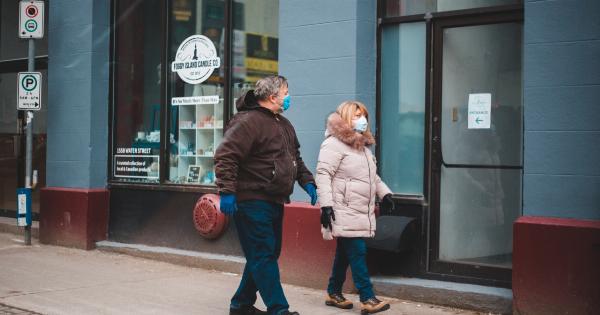Achiditis is a term used to describe premature aging of the skin due to excessive exposure to the ultraviolet (UV) rays of the sun. There are two types of ultraviolet rays that reach the earth’s surface – UVA and UVB.
UVA rays penetrate deep into the skin and cause skin aging, while UVB rays cause sunburns and skin damage.
Studies show that childhood and teenage years are the most vulnerable for sun damage and skin cancer. Therefore, it’s important to protect your child from the harmful rays of the sun.
Here are some tips to prevent achiditis in childhood and protect yourself for the future.
1. Keep babies under 6 months out of direct sunlight
Babies’ skin is delicate and sensitive. Therefore, it’s recommended to keep babies under 6 months of age out of direct sunlight.
If you need to be outdoors, dress your baby in light-colored, loose-fitting clothing that covers the arms and legs. Use a stroller canopy or umbrella to shade your baby from the sun. Avoid sun exposure during peak hours, which are from 10 am to 4 pm.
2. Use sunscreen on infants over 6 months
For babies over 6 months of age, use sunscreen that has an SPF (sun protection factor) of at least 30. Apply sunscreen 15-20 minutes before going out and reapply every two hours.
Use a generous amount of sunscreen and cover all exposed areas, including the face, ears, and neck. Avoid sunscreen products that contain harmful chemicals such as oxybenzone and octinoxate.
3. Wear protective clothing
Wearing protective clothing is one of the best ways to prevent sun damage. Look for clothing made of tightly woven fabrics such as cotton or polyester.
Clothing with a UPF (ultraviolet protection factor) provides additional protection against the sun’s harmful rays. Hats with a wide brim provide shade for the face, ears, and neck. Sunglasses with UV protection protect the eyes from damage.
4. Seek shade
When outdoors, seek shade whenever possible. Stay under trees, umbrellas, or canopies that provide shade. Avoid direct sunlight, especially during peak hours. If you’re at the beach, use a beach umbrella or canopy to create shade for your family.
5. Stay hydrated
Drinking water helps keep the skin hydrated and healthy. Encourage your child to drink plenty of water, especially when outdoors. Bring a water bottle with you and take frequent breaks to drink water.
Avoid drinks that contain caffeine or alcohol, as they can dehydrate the body.
6. Educate your child
Teach your child about the dangers of excessive sun exposure and the importance of sun protection. Explain to them why they need to wear sunscreen, protective clothing, and seek shade when outdoors.
Encourage them to develop healthy sun habits that they can carry into their adult lives.
7. Check your skin regularly
Regular skin checks can help detect early signs of skin cancer. Examine your child’s skin every month, looking for any changes or abnormalities.
If you notice any moles, birthmarks, or spots that are changing in size, shape, or color, consult a dermatologist. Skin cancer is highly curable when detected early.
8. Avoid tanning beds
Tanning beds emit UVA and UVB rays that can cause skin damage and increase the risk of skin cancer. Avoid using tanning beds, especially for children and teenagers. Use self-tanning products if you want a tanned appearance.
9. Be a role model
Children learn from their parents’ behavior. Be a role model for your child by practicing healthy sun habits. Wear sunscreen, protective clothing, seek shade, and avoid excessive sun exposure.
Encourage your family and friends to follow these healthy habits too.
10. Consult a dermatologist
If you have concerns about your child’s skin or have a family history of skin cancer, consult a dermatologist. A dermatologist can provide advice on sun protection, answer any questions you may have, and perform regular skin checks.



























